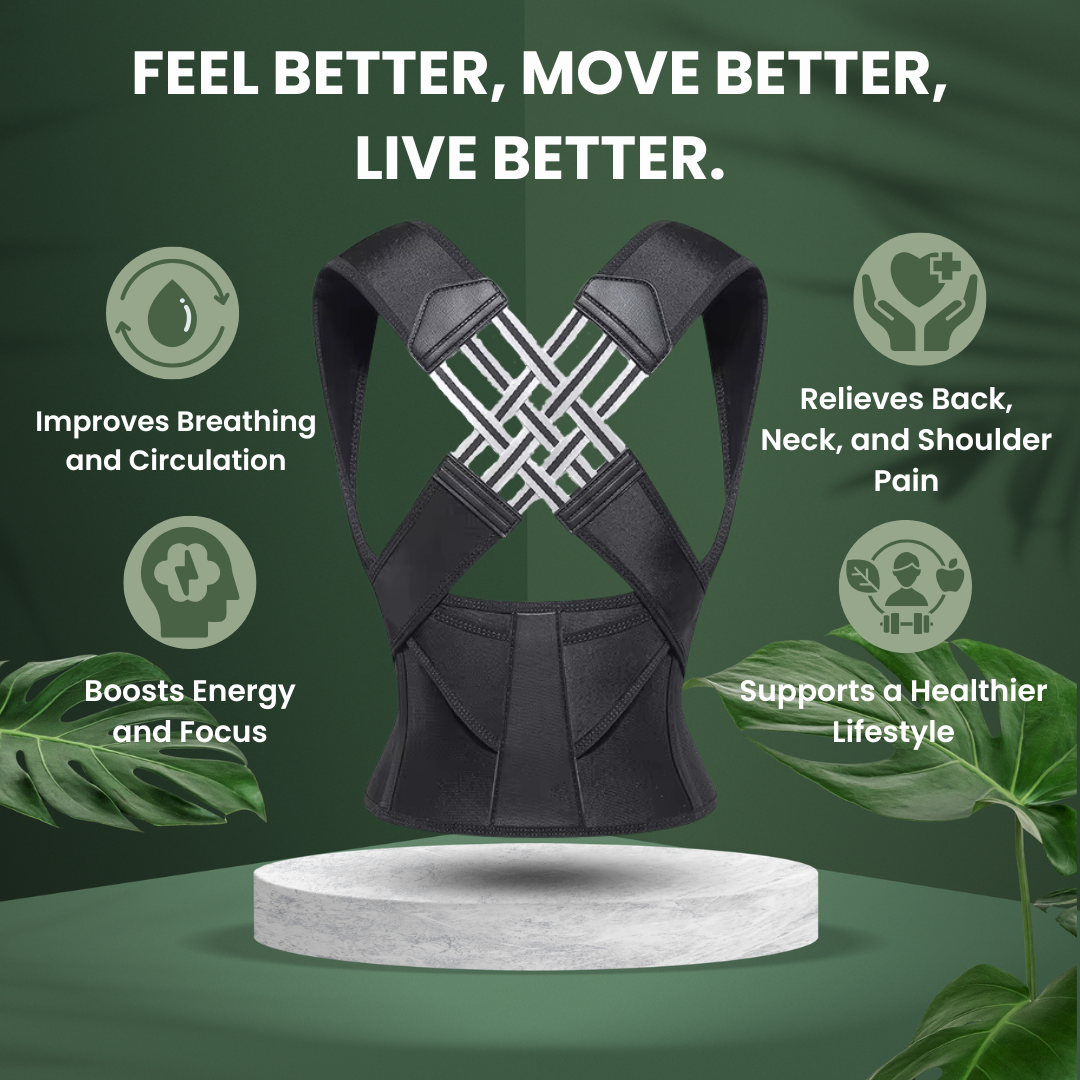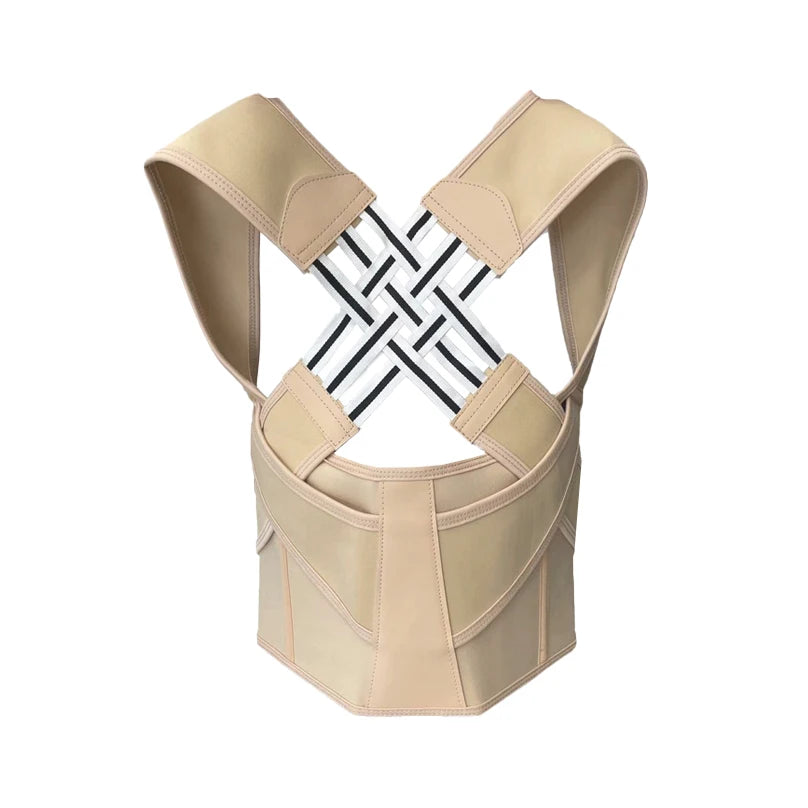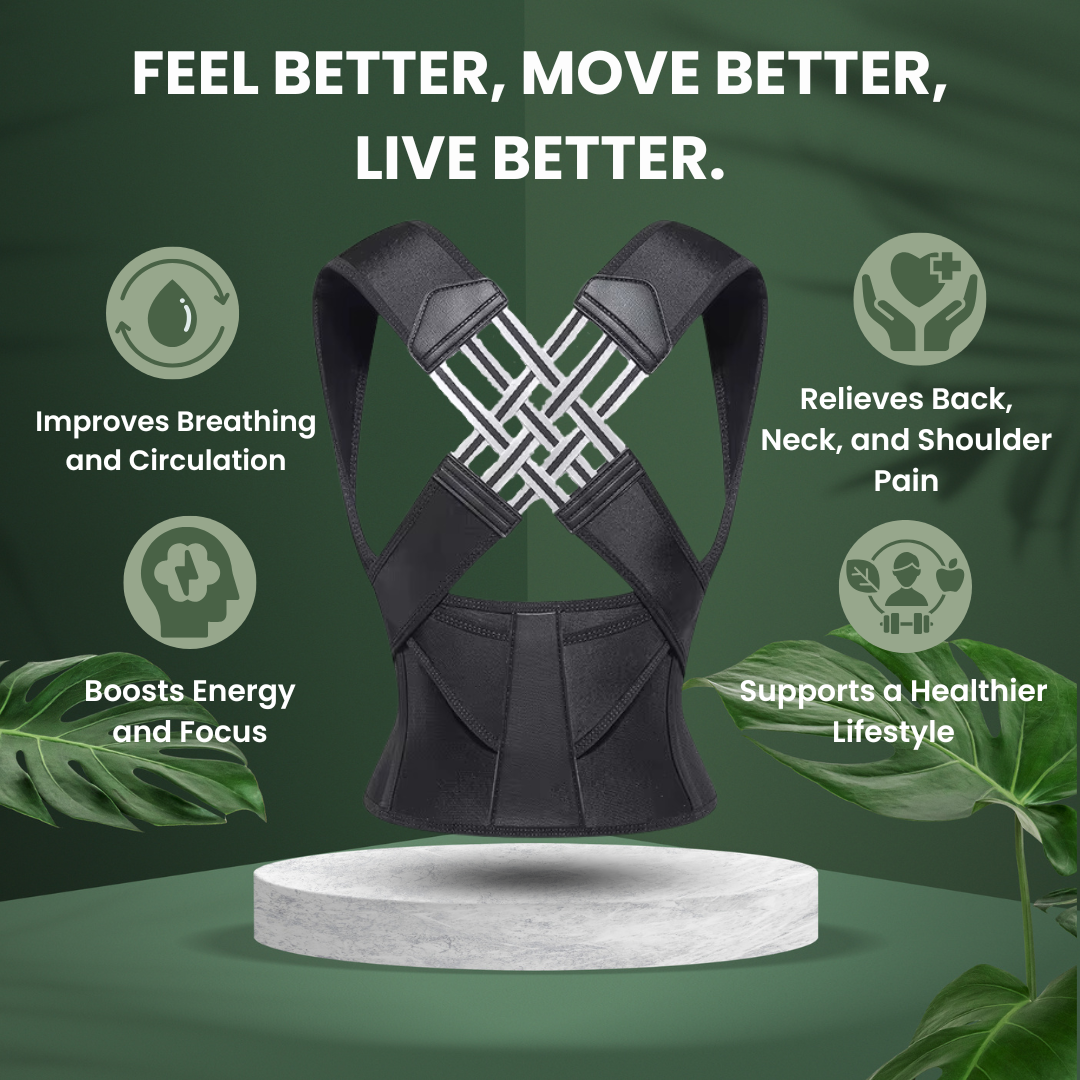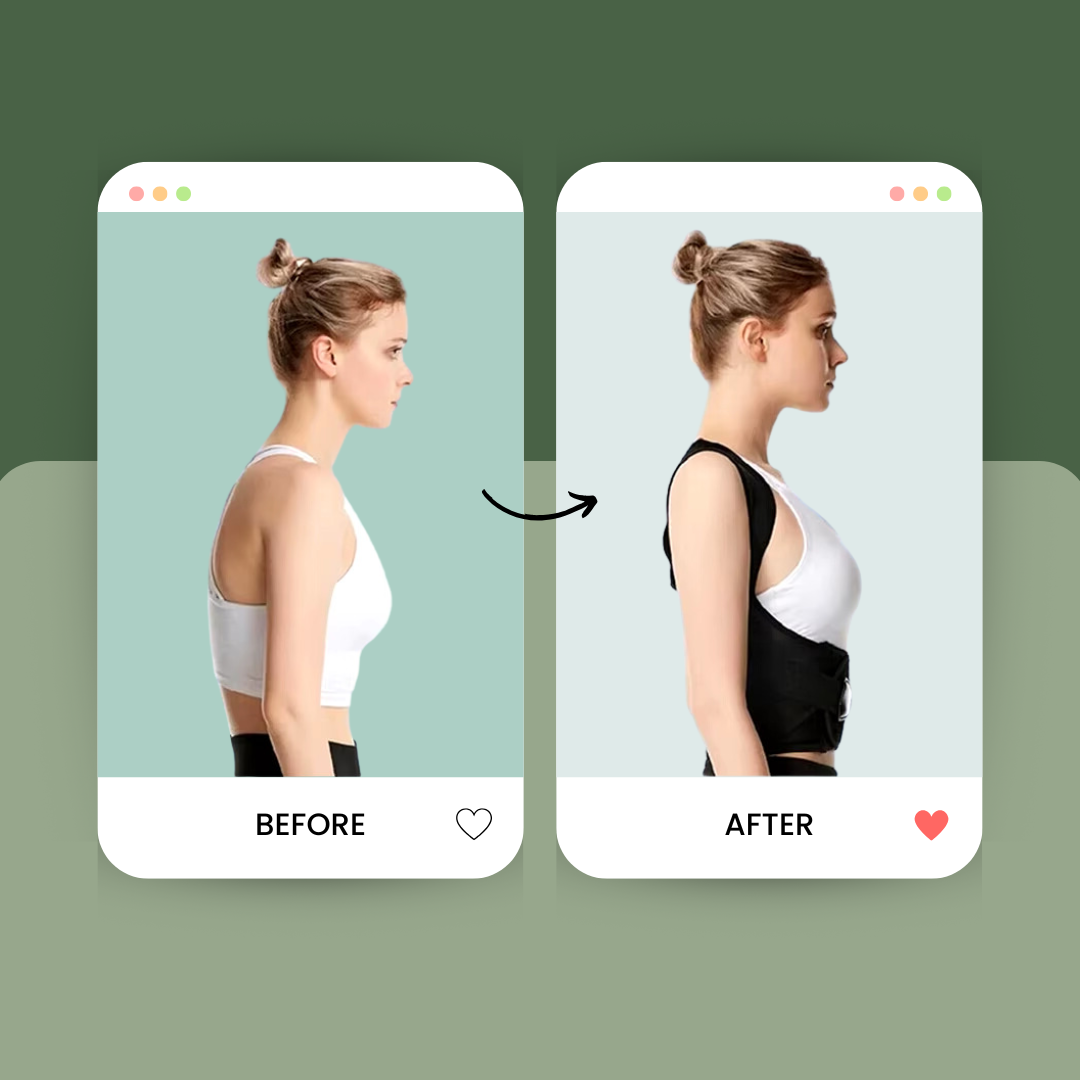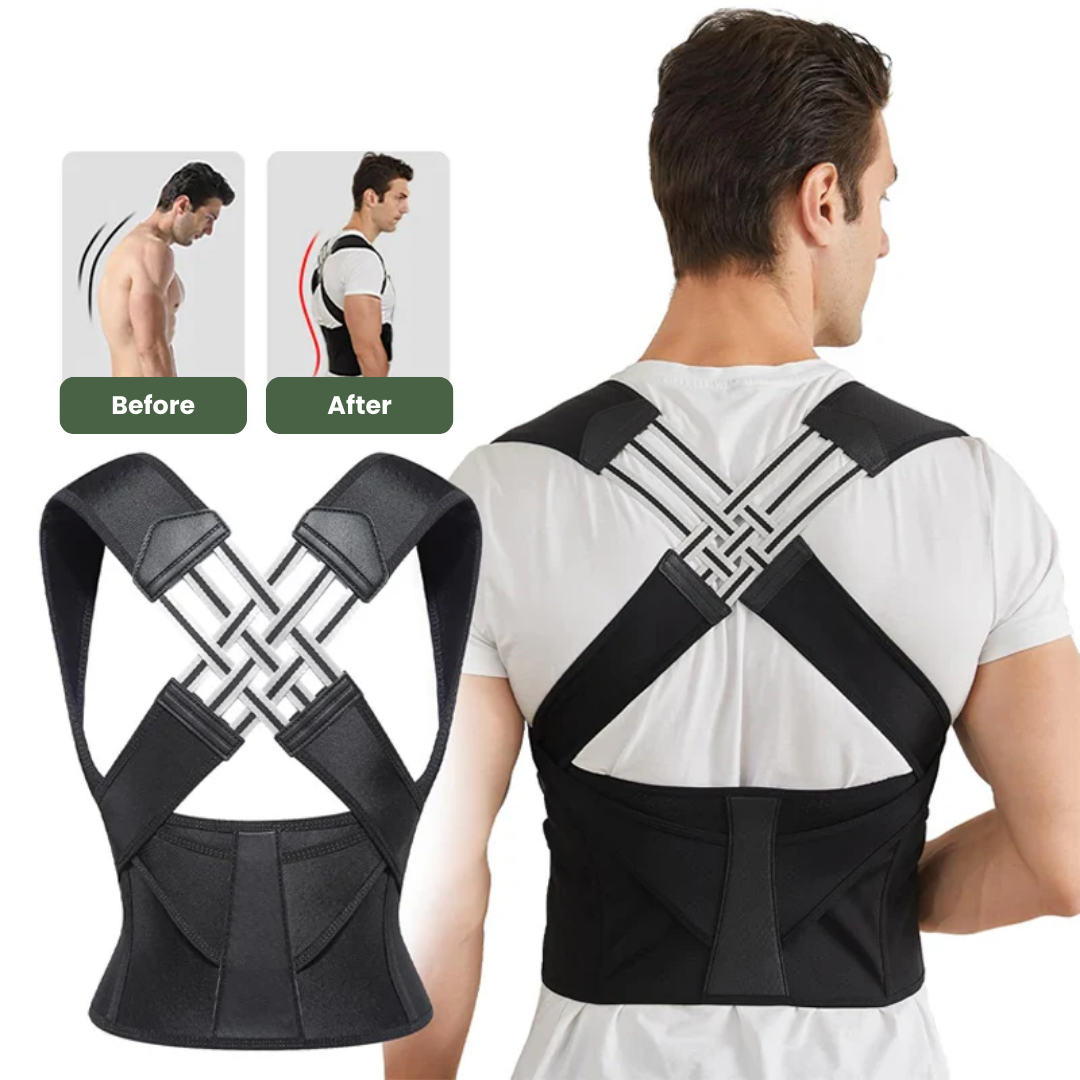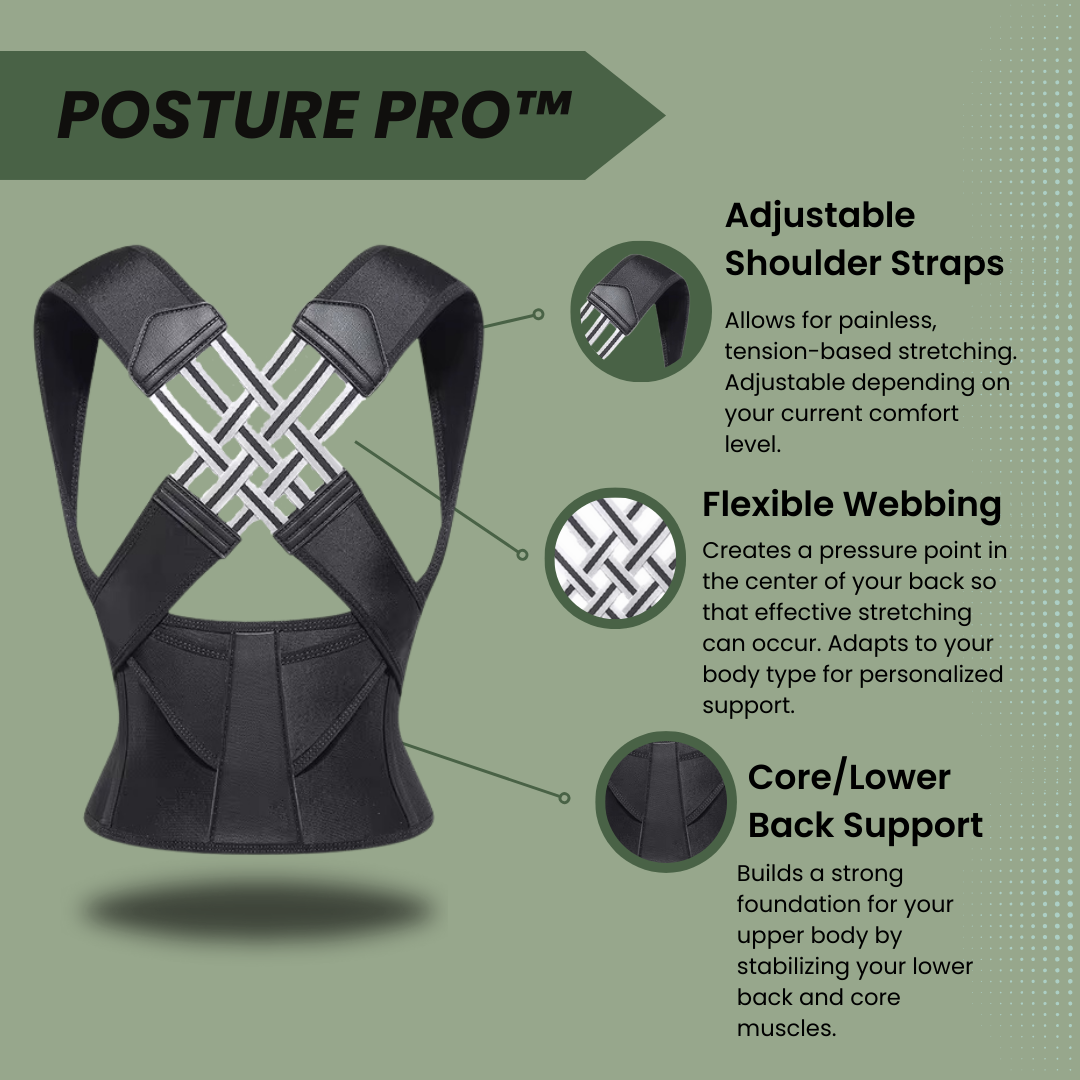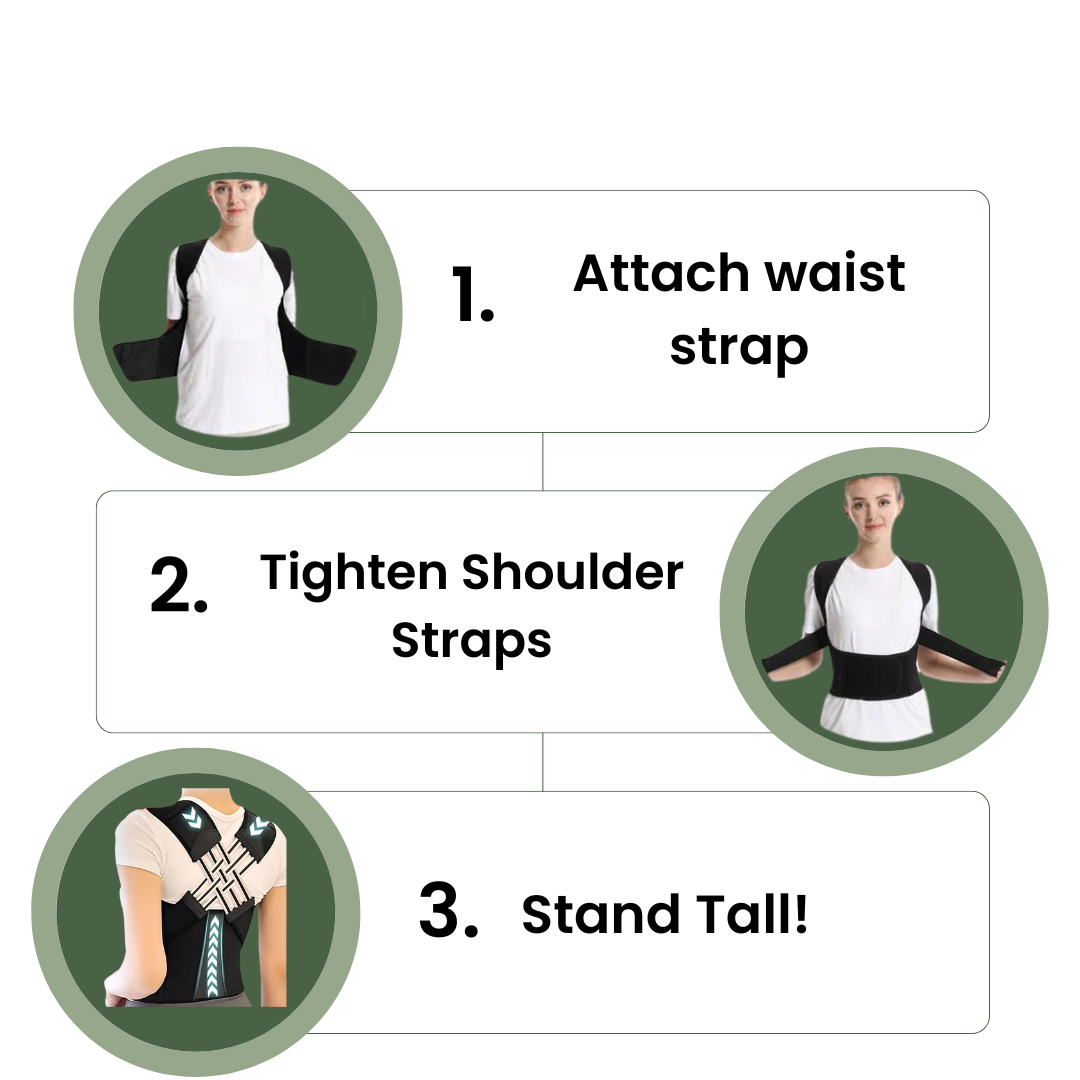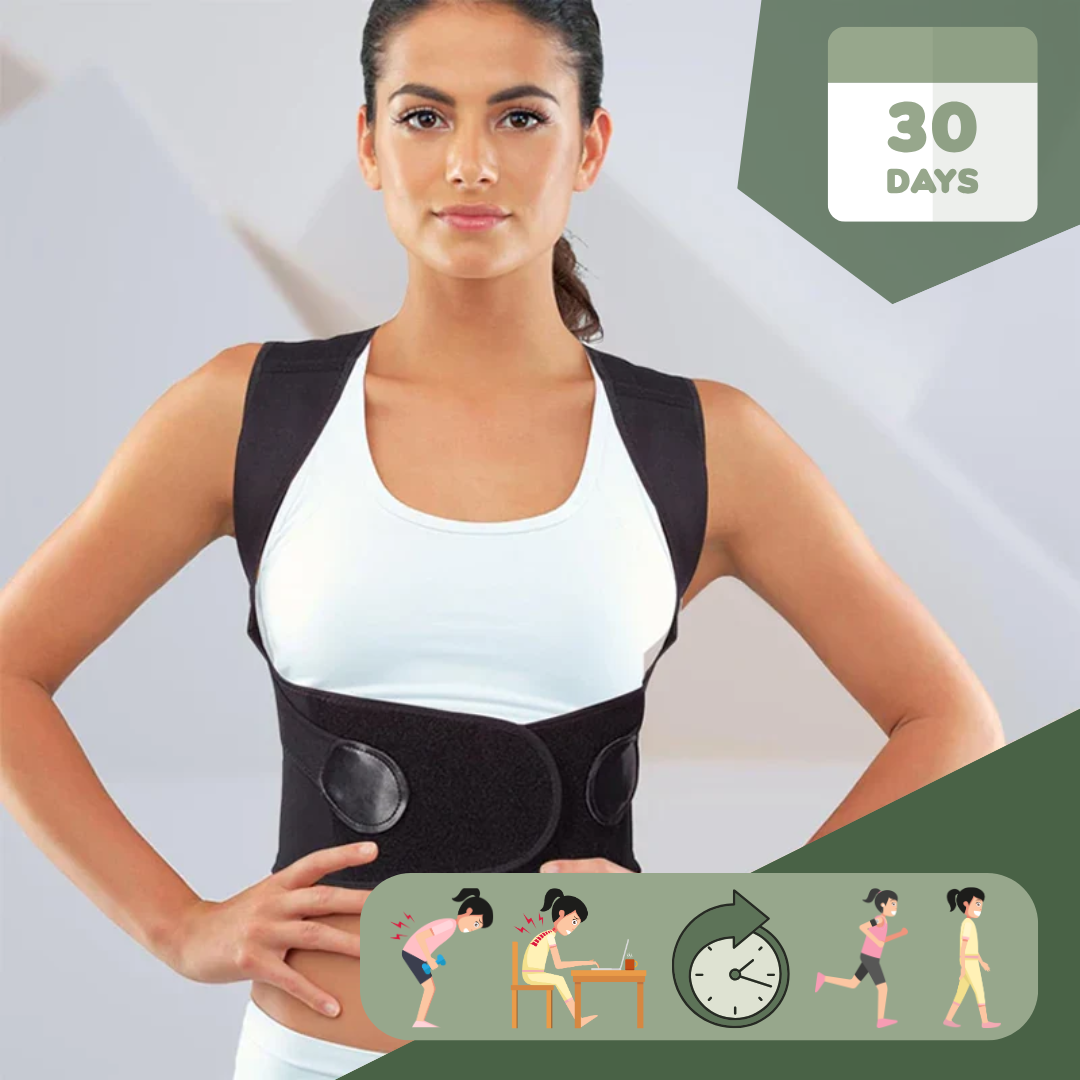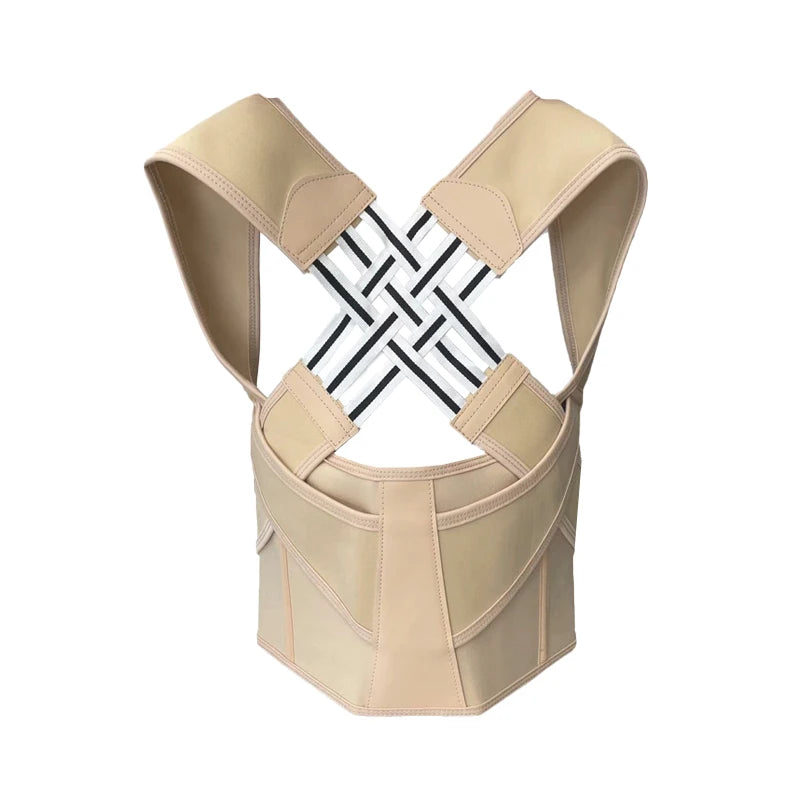Many people want to be more flexible but don't know where to start. A daily stretching routine can make a big difference in your flexibility and overall health. This article will show you the best stretches for improving flexibility, with 15 daily exercises that are easy to do at home or work.
Start feeling limber today!
Key Takeaways
- Stretching improves flexibility, range of motion, and reduces injury risks. Daily exercises like cat-cow and seated figure four stretch target major muscle groups.
- Morning routines should include stretches to wake up muscles. Evenings are ideal for relaxing stretches to unwind after the day.
- Incorporating a variety of stretching exercises into daily life enhances athletic performance, posture, and overall health.
Benefits of Daily Stretching
Daily stretching boosts flexibility and enhances your range of motion. It also helps lower the risk of injury during physical activities.
Increased flexibility
Stretching can greatly increase flexibility. This enhances posture and boosts athletic performance. Research shows that stretching improves the range of motion in joints. Athletes, especially young ones, should stretch all major lower body muscle groups before and after sports activities.
Consistent stretching promotes joint health and reduces the risk of injury.
Incorporating a daily stretching routine can lead to better overall mobility. Simple stretches like cat-cow or lizard pose prepare your body for movement. Engaging in flexibility exercises helps maintain a healthy lifestyle while supporting physical activity.
Flexibility is key for optimal performance.
Improved range of motion
Daily stretching exercises enhance your range of motion. Improved flexibility allows you to move more freely in daily activities. Research shows stretching increases joint flexibility and helps maintain a healthy range of motion.
This lower chance of injury is vital for everyone, especially young athletes. They should stretch major lower body muscle groups before and after sports. Including stretches like cat-cow, lizard pose, and standing hamstring stretch can greatly benefit their performance.
Flexibility training aids athletic endeavors and general mobility. Incorporating a routine that features both static and dynamic stretches ensures well-rounded development. Regularly practicing these techniques keeps joints limber and ready for action.
A consistent flexibility workout not only improves overall physical health but also enhances posture over time.
Reduced risk of injury
Stretching lowers the risk of injury by promoting flexibility and maintaining a healthy range of motion in joints. Research shows that regular stretching improves joint performance, reducing chances of joint issues.
Young athletes should stretch each major lower body muscle group before and after sporting activities to enhance their flexibility. This practice helps prepare muscles for action while also facilitating recovery afterwards.
Regular flexibility exercises strengthen muscles and improve balance, crucial factors in preventing injuries during physical activity. Incorporating daily stretches into your routine can greatly benefit overall mobility and safety during workouts or sports events.
How to Incorporate Stretching Into Your Routine
Start your day with some easy stretches to wake up your muscles. Try doing stretches at work, too, to stay limber and relaxed during long hours of sitting.
Morning stretches
Morning stretches kickstart your day. They improve flexibility and enhance your range of motion. Include the following stretches in your morning routine for best results.
- Cat-Cow: This stretch warms up your spine. It increases flexibility and releases tension in your back.
- Down Dog to Runner's Lunge: This dynamic movement opens up your hips and stretches your hamstrings. Perform it to boost circulation and energize your body.
- Standing Calf Stretch: Stand tall and press one heel into the ground. This stretch targets your calves, improving flexibility for better mobility.
- Neck Stretch: Gently tilt your head side to side. This simple move releases neck tension and improves range of motion.
- Overhead Triceps Stretch: Raise one arm overhead and bend at the elbow, reaching down behind your back. This stretch not only opens up the shoulders but also enhances arm flexibility.
- Seated Forward Fold: Sit with legs extended and reach for your toes. Aiming for a deeper stretch helps lengthen the spine while targeting hamstrings.
- Seated Figure Four Stretch: Cross one ankle over the opposite knee, then gently press down on the raised knee while leaning forward slightly. This exercise increases hip flexibility effectively.
- Butterfly Stretch: Sit with the soles of your feet together, gently pressing knees towards the floor. It promotes better hip opening while improving overall flexibility.
- Cobra Pose: Lie face down, place hands under shoulders, then lift chest off the ground while keeping hips down. This pose strengthens the back muscles and enhances spinal flexibility.
- Side Lunges: Step out to the side and bend one knee while keeping the other leg straight; switch sides afterward for an effective lower body stretch that also boosts hip flexibility.
- Hip Flexor Stretch: Kneel on one knee with the other foot in front, bending at that knee; lean forward gently to engage those hip flexors deeply.
- Happy Baby Pose: Lie on your back, grab outer edges of feet with knees bent toward armpits; this stretching technique alleviates lower back tension while increasing hip mobility.
- Reclining Spinal Twist: Lie on your back, draw knees towards chest then drop them to one side while extending arms out wide; this twist aids spinal health as well as increases lumbar flexibility.
14.Breathing Deeply During Stretches is essential; oxygen fuels muscles during these motions helping make stretching more effective over time!
15.Listening To Your Body matters most when performing these movements—never push through pain!
Incorporate these morning stretches daily to enhance flexibility and promote overall well-being!
Stretches to do at work
Daily stretches at work can greatly improve flexibility and enhance overall comfort. Incorporating simple stretching exercises into your routine helps reduce stiffness and promotes better posture.
- Perform neck stretches to relieve tension. Gently tilt your head to one side, holding for at least 30 seconds. Switch sides and repeat the stretch.
- Try seated figure four stretch while sitting in your chair. Cross one ankle over the opposite knee. Lean forward slightly to feel a stretch in your hip.
- Use the standing calf stretch to loosen tight muscles. Face a wall, place your hands against it, and step back with one foot. Keep both heels on the ground while pressing into the wall.
- Engage in a standing chest and shoulder stretch during breaks. Stand tall, clasp your hands behind your back, and lift them slightly while expanding your chest.
- Integrate wrist and hand stretches to combat fatigue from typing. Extend one arm forward with palm up, using the opposite hand to gently pull back on fingers.
- Flexibility exercises like happy baby can be done even at work with some creativity when you take a break from sitting down in front of a computer screen. Lie on the floor using a mat if possible, grab the outsides of your feet, and gently pull them towards you.
- Implement spinal twists at your desk for added mobility benefits. Sit upright in your chair, place one hand on the back of the seat, twist gently while keeping legs stable.
- Dedicate time for hip flexor stretches after prolonged sitting periods by stepping out of your workspace briefly into an open area or hallway where you can kneel safely.
- Use dynamic lunges as you move throughout different areas of your workplace as a way to keep flexible muscles engaged during tasks or meetings.
- Conclude with standing doorway pectoral stretch in any available door frame for improved range of motion across upper body areas by placing arms at shoulder height against both sides of door frame before leaning gently inward.
Integrating these stretches boosts flexibility and reduces discomfort throughout long workdays while promoting better overall health.
Evening stretches
Evening stretches help relax your body after a long day. They also aid in improving flexibility and mobility.
- Cat-Cow: This stretch warms up your spine. It promotes flexibility in the back and neck. Perform it slowly for better results.
- Seated Figure Four Stretch: This stretch targets your hips. Sit on the floor, cross one ankle over the opposite knee, and lean forward gently to feel a good stretch.
- Lying Knee-to-Chest Stretch: This exercise relaxes your lower back. Lie on your back, bring one knee to your chest, and hold it there for 30 seconds.
- Reclined Spinal Twist: A great way to release tension in your spine. Lie on your back, bend one knee, and let it fall to the side while keeping both shoulders on the ground.
- Happy Baby: This stretch releases tightness in your hips. Lie on your back, grab the outside edges of your feet, and pull them toward you while keeping your knees bent.
- Standing Calf Stretch: Stand facing a wall with one foot behind the other. Keep the back heel pressed down to stretch the calf muscle effectively.
- Cobra Pose: This stretch opens up the chest and strengthens the back muscles; lie face down and push up through your hands while keeping your hips on the ground.
- Side Lunge Stretch: Step out to one side into a lunge position while keeping the other leg straight; feel a deep stretch in both inner thighs.
- Standing Doorway Pectoral Stretch: Stand in an open doorway with arms at shoulder height; lean forward gently until you feel a good stretch in your chest muscles.
- Hip Adductors Stretch: Sit on the floor with feet together; push down lightly on your knees for added flexibility in inner thigh muscles.
- Standing Chest and Shoulder Stretch: Interlace fingers behind you while standing tall; lift arms slightly to open up chest and shoulders effectively.
- Dynamic Lunges: Take a step forward into a lunge position, switch legs quickly for fluid movement that enhances flexibility before ending routine.
Incorporating these evening stretches into your daily stretching regimen can boost overall flexibility significantly and reduce muscle tension before bed without causing discomfort or pain during each session.
Top 15 Daily Stretches for Flexibility and Limberness

Cat cow
Cat-cow is a popular stretch that boosts flexibility and mobility. This dynamic movement increases the range of motion in the spine and helps release tension. Start on all fours, with your hands under your shoulders and knees under your hips.
Inhale deeply while arching your back, letting your belly drop toward the ground. This position is called "cow." Then exhale as you round your spine, tucking your chin to your chest into "cat" pose.
Including cat-cow in daily stretching routines enhances performance for athletes and beginners alike. Young athletes should perform this stretch before and after sports to keep their bodies limber.
Practicing it daily can significantly improve overall flexibility, making it one of the best stretches for improving flexibility at home.
Kneeling hip flexor stretch
The kneeling hip flexor stretch targets the major muscle groups in your lower body. This stretch enhances flexibility and improves range of motion. Start by positioning one knee on the ground while placing the other foot flat in front of you.
Keep your back straight and lean forward slightly until you feel a gentle pull in your hip area. Hold this position for at least 30 seconds to maximize benefits.
This exercise promotes healthy joints, reducing the chances of joint issues over time. Research shows that stretching helps improve flexibility and mobility, making it essential for young athletes before and after sporting activities.
Integrating the kneeling hip flexor stretch into a daily stretching routine can greatly boost overall performance and prevent injuries during physical activities.
Neck stretch
Neck stretches improve flexibility and reduce tension. These exercises help maintain a healthy range of motion in the neck. Young athletes should include neck stretches before and after sporting activities.
Simple moves like tilting your head forward, backward, or to the sides can make a difference. Hold each stretch for at least 30 seconds without bouncing.
Listening to your body is crucial during stretching. Avoid pushing through pain as it may lead to injury. Incorporate this stretching technique into your daily routine for better mobility and posture enhancement.
Frequent practice will promote flexibility improvement over time.
Seated figure four stretch
The seated figure four stretch helps improve flexibility in the hips and lower back. To perform this stretch, sit on the floor with one leg extended. Cross your opposite ankle over the knee of your extended leg.
Gently press down on the crossed knee while leaning slightly forward to deepen the stretch.
Hold this position for at least 30 seconds. Breathing deeply during the stretch enhances its effectiveness. This exercise promotes a healthy range of motion in joints and can reduce the risk of injury.
It fits well in any flexibility routine, whether as part of morning stretches or an evening flexibility program.
Standing calf stretch
The standing calf stretch improves flexibility in your calves and ankles. This simple exercise helps maintain a healthy range of motion in your joints, reducing the risk of injury during activities.
To perform this stretch, stand facing a wall with one foot forward and the other leg extended back. Keep both feet flat on the ground and lean into the wall until you feel a gentle pull in your back leg's calf muscle.
Daily stretching routines like this benefit young athletes greatly. Regularly doing stretches before and after sporting activities enhances their flexibility significantly. Make it part of your flexibility training to ensure strong performance and better mobility over time.
Standing doorway pectoral stretch
The standing doorway pectoral stretch opens up your chest and shoulders. This stretch enhances flexibility by targeting the major muscle groups in your upper body. To perform it, stand in a doorway with your arms at 90 degrees.
Place your hands on the door frame and lean forward gently. Hold this position for at least 30 seconds while breathing deeply.
Incorporate this exercise into your daily stretching routine to improve posture and mobility. Stretching regularly can reduce the risk of injury and maintain a healthy range of motion in joints.
Young athletes should include stretches like this one to improve flexibility before and after sports activities.
Reclining figure four
Reclining figure four is a great stretch for improving flexibility. It targets the hips and helps release tension in the lower body. To perform this stretch, lie on your back and cross one ankle over the opposite knee.
Then, gently pull the uncrossed thigh toward your chest. Hold this position for at least 30 seconds while breathing deeply. This stretch can improve your range of motion and lower the risk of injury during physical activities.
Young athletes can also benefit from reclining figure four before and after sports. Stretching major lower body muscle groups enhances flexibility and prepares joints for movement.
Incorporate this exercise into your daily stretching routine to boost overall mobility and limber up effectively.
Lying knee-to-chest stretch
The lying knee-to-chest stretch effectively increases flexibility and improves mobility. This stretch targets the lower back, glutes, and hamstrings. Perform it by lying on your back, bringing one knee up to your chest while keeping the other leg extended.
Hold this position for at least 30 seconds to gain maximum benefits.
Stretching before and after physical activities helps reduce injury risks for young athletes. The lying knee-to-chest stretch enhances range of motion in major lower body muscle groups.
Incorporate this stretch into a daily stretching routine to boost flexibility and promote overall well-being.
Side lunge stretch
The side lunge stretch helps increase flexibility in the legs and hips. This stretch targets major lower body muscle groups, making it ideal for athletes before and after sporting activities.
Stand with your feet wide apart. Shift your weight to one side while bending that knee. Keep the opposite leg straight as you feel a gentle stretch in your inner thigh. Hold this position for at least 30 seconds, then switch sides.
Incorporating flexibility exercises like the side lunge stretch into a daily routine can greatly enhance mobility. Dynamic lunges and other range of motion exercises complement this stretch well.
Stretching helps maintain a healthy range of motion in joints, reducing risks of injury during physical activities.
Standing chest and shoulder stretch
The standing chest and shoulder stretch helps improve flexibility in the upper body. This stretch opens up the chest, shoulders, and arms. Stand tall with your feet shoulder-width apart.
Clasp your hands behind your back. Gently pull your shoulders back while lifting your arms slightly. Hold this position for at least 30 seconds. Breathe deeply throughout the stretch.
This exercise enhances posture and prepares you for daily activities or workouts. It also reduces tension that builds up in these areas from sitting or poor posture. Incorporating this stretch into a full body stretching routine contributes to overall flexibility improvement techniques.
Implement it into morning stretches or after long hours at work for better mobility and comfort throughout the day.
Cobra
Cobra stretches target the chest, shoulders, and abdomen. This pose enhances flexibility in these areas and promotes better posture. To perform the cobra stretch, lie face down on the floor.
Place your hands under your shoulders and push up gently. Lift your chest while keeping your hips on the ground. Hold this position for at least 30 seconds to enjoy its benefits.
Incorporating the cobra into a daily stretching routine can significantly improve mobility and flexibility. Many athletes use this exercise to prepare their bodies before physical activity or to cool down afterward.
Stretching through poses like cobra helps maintain a healthy range of motion in joints, making it essential for both beginners and young athletes alike.
Hip adductors stretch
The hip adductors stretch targets the inner thighs. Perform this stretch to enhance flexibility and reduce tightness in the muscles. Flexibility exercises for athletes include this key stretch.
It helps maintain a healthy range of motion in your hips, which lowers the chance of injury.
To perform the hip adductors stretch, sit on the floor with your legs spread wide. Lean forward gently, keeping your back straight as you reach toward your feet. Hold the position for at least 30 seconds while breathing deeply.
This basic stretching exercise works well before or after physical activity to boost flexibility and mobility significantly.
Happy baby
Happy Baby is a great stretch for improving flexibility. It helps open up the hips and promotes relaxation. This pose supports joint health by maintaining a healthy range of motion.
You lie on your back and grab your feet while bringing your knees toward your armpits. Hold this position for at least 30 seconds to feel the benefits.
Incorporating Happy Baby into a daily stretching routine can boost overall mobility. Stretching like this aids in relieving tension in the lower back and enhances hip flexibility. Young athletes should include it before and after their activities to enhance performance.
Enjoy practicing this full body stretch regularly to improve flexibility and limber up effectively.
Pretzel stretch
The pretzel stretch is an effective exercise for improving flexibility. This stretch targets the hips, glutes, and lower back. Begin by sitting on the floor with both legs extended in front of you.
Bend one knee and cross it over the opposite leg. Place your foot flat on the ground beside your knee. Hug that knee towards your chest using your arm to deepen the stretch.
Hold this position for at least 30 seconds while breathing deeply. Switch sides and repeat to maintain balance. The pretzel stretch helps open up tight areas in your body, enhancing mobility overall.
Implementing this into a daily stretching routine can boost flexibility and limberness significantly. Young athletes will benefit from incorporating stretches like these before sports activities as well.
Reclined spinal twist
Reclined spinal twist is a great stretch for improving flexibility and mobility. This exercise helps to release tension in the spine and hips while enhancing your range of motion. To perform this stretch, lie on your back with knees bent.
Slowly drop both knees to one side while keeping your shoulders flat on the floor. Hold this position for at least 30 seconds, breathing deeply.
This movement supports joint health and reduces stiffness in your body. It fits well into any flexibility routine, making it ideal for beginners or anyone looking to limber up. Regular practice can increase overall flexibility and help maintain a healthy range of motion in daily activities or sports performance.
How to Stretch Safely and Effectively
Listen closely to your body while you stretch. Avoid pushing through any discomfort, and hold each stretch for at least 30 seconds to gain the best results.
Listen to your body
Pay attention to how your body feels during stretching. Listen to any discomfort signals it sends you. Pushing through pain can lead to injuries and setbacks. Stretching exercises for flexibility should feel good, not painful.
Hold stretches for at least 30 seconds to gain benefits. Dynamic stretching routines can warm up muscles safely.
Young athletes need to stretch each major lower body muscle group before and after activities. This helps improve flexibility and mobility while lowering the risk of injury. Make sure you breathe deeply during each stretch; this promotes relaxation and enhances your overall experience with limbering exercises.
Always consult a professional if you're unsure about any movements or stretches in your routine.
Don't push through pain
Pushing through pain while stretching can lead to injury. Stretching should promote flexibility, not discomfort. Focus on the sensations in your body. If a stretch causes sharp pain, ease off immediately.
Holding stretches for at least 30 seconds helps improve flexibility without causing harm. Breathe deeply during each stretch to maintain relaxation and control.
Keep an eye on your limits. Pain signals that something isn’t right, so listen carefully to your body’s cues. Integrate daily stretching into your routine safely and effectively to boost flexibility and limber up.
Young athletes especially need to approach their flexibility exercises with care before and after sporting activities to avoid potential injuries.
Hold stretches for at least 30 seconds
Holding stretches for at least 30 seconds enhances flexibility and improves the range of motion in your joints. This simple practice allows muscles to relax and lengthen properly, reducing tension.
Research shows that stretching can significantly improve flexibility over time. Participants who maintained stretches for a longer duration reported better results.
Implementing this technique into a daily stretching routine is essential. Stretch before and after sporting activities for maximum benefits, especially for young athletes. Focus on major muscle groups during your routine to promote overall mobility and flexibility.
Don't bounce
Bouncing during stretches can lead to injury. Instead of bouncing, hold each stretch for at least 30 seconds. This method allows your muscles to relax and lengthen effectively. Stretching techniques that promote flexibility benefit from slow, controlled movements.
Young athletes should focus on static stretches before and after sports activities. Stretches like cat-cow or lizard pose help improve their flexibility safely. Incorporating basic stretching exercises into a daily routine enhances overall mobility and posture too.
Limber exercises provide the benefits without risking injury through bouncing.
Breathe deeply during stretches
Breathing deeply during stretches enhances your flexibility. It helps relax your muscles and increases oxygen flow throughout your body. As you stretch, focus on taking slow, deep breaths.
This practice supports a better range of motion in your joints.
While stretching, aim to hold each position for at least 30 seconds. Deep breathing can also prevent discomfort as you move through various flexibility exercises for beginners and young athletes alike.
Make this technique part of your daily stretching routine to boost flexibility and limber up effectively.
Consult with a professional if needed
Consulting a professional can be crucial, especially for those new to stretching. A physical therapist or trainer can provide guidance on flexibility exercises. They help design a flexibility and stretching program tailored to individual needs.
This step ensures safety and effectiveness during routines.
Young athletes often face unique challenges in their training. Professionals can teach them proper form and technique in flexibility drills. Stretching before and after sporting activities is vital for improving flexibility.
With expert advice, they reduce the risk of injury while enhancing performance.
Conclusion
Daily stretching boosts your flexibility and keeps you limber. Try these 15 stretches to improve your overall mobility. Make stretching a habit, and feel the benefits in your posture and athletic performance.
Enjoy greater range of motion and lower injury risks with regular practice. Start today for a healthier, more flexible you!
FAQs
1. What are the best stretches for improving flexibility?
The best stretches for improving flexibility include a variety of full body stretches and mobility exercises that can help you limber up.
2. Can these flexibility exercises be beneficial to young athletes?
Yes, these 15 daily exercises to boost flexibility and limber up are designed not only for adults but also as effective flexibility exercises for young athletes.
3. How do mobility exercises aid in boosting our overall agility?
Mobility exercises focus on enhancing the range of motion around your joints, which contributes significantly to your overall agility and performance.
4. Are there specific times when it's most beneficial to perform these full body stretches?
While you can perform these full body stretches at any time, doing them daily helps improve your muscle elasticity over time, thus boosting your overall physical performance.



